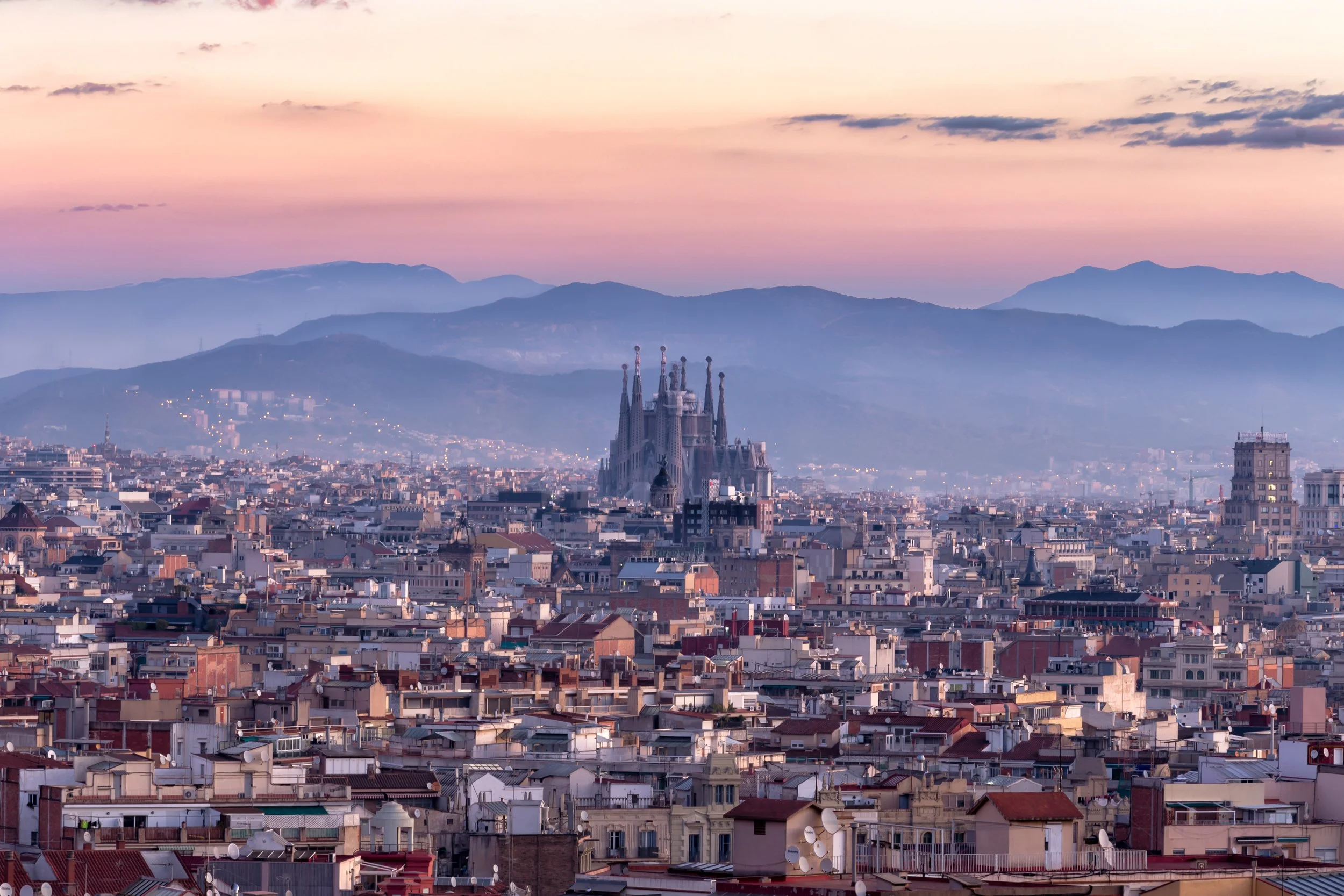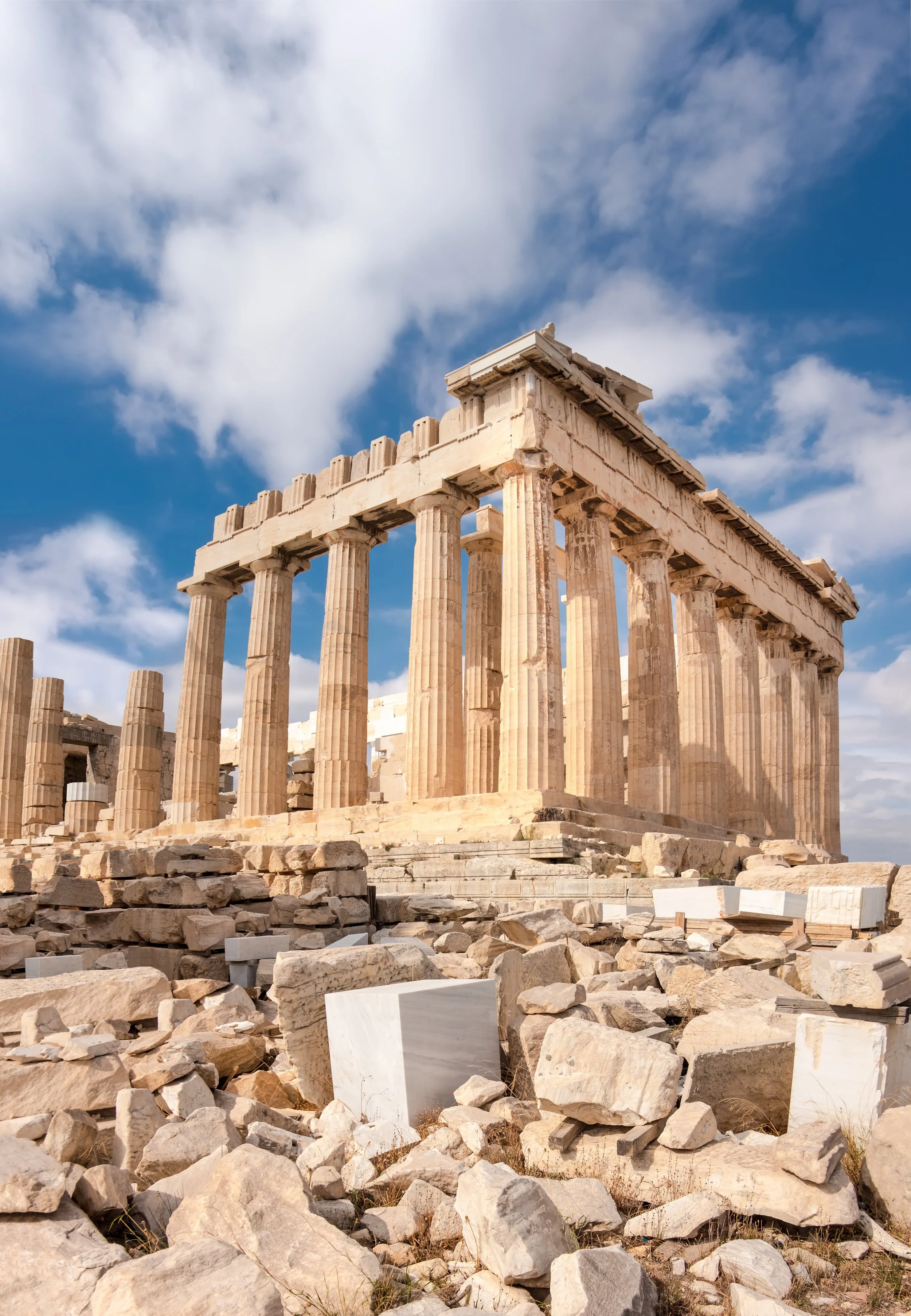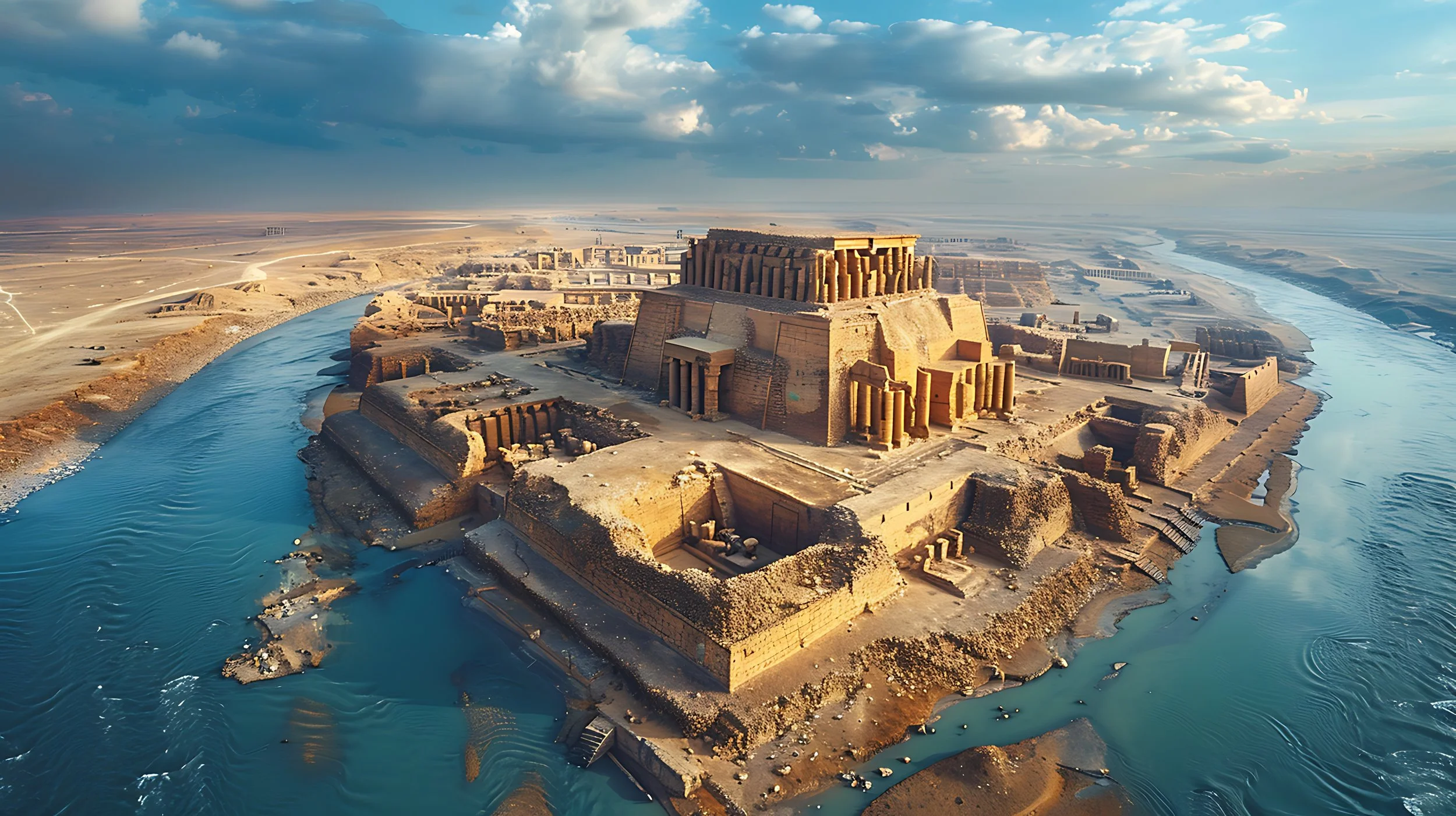Nine Things You Should Know About The Stahl House – Case Study House 22
Julius Shulman/Getty Research Institute, © J. Paul Getty Trust
1. THE STAHL HOUSE: AN ARCHITECTURAL ICON
The Stahl house is an icon of midcentury modern architecture. Julius Schulman’s photographs of the house are often the headlining images for any article or publication on the topic.
“If you don’t know the Stahl house, then you don’t know mid-century modern architecture.”
What makes this house so unique and iconic? The significance of this home is the product of the site, materials, design, location, photographs, and zeitgeist of the period it was built. These unique characteristics of the project amalgamate in an idealistic architectural cocktail that continues to enchant people to this day.
With well-known architecture, the building’s notoriety is often due to the architect’s brand or the status of the owner rather than to the atmosphere and quality of space created by the architecture. When you inhabit one of these buildings, the experience is often underwhelming. This is not the case with the Stahl House.
“Nobody famous ever lived here” - Stahl Family.
2. HISTORY OF THE STAHL HOUSE
Julius Shulman/Getty Research Institute, © J. Paul Getty Trust
Buck and Carlotta Stahl purchased a vacant lot in 1954 from George Beha for $13,500 on a handshake deal. They had driven up the hill to explore the lot when Beha serendipitously drove onto the property. After negotiating with Beha for nearly two hours, the deal was completed, and the Stahls owned the lot. It is often said that Beha was ecstatic that he was able to “get rid of” the piece of land.
The lot is located in West Hollywood. It is steeply sloping with panoramic views overlooking greater Los Angeles. At that time, this area appealed to younger buyers because the land was inexpensive, not highly desired, and there were fewer building restrictions on the lot. Buck would spend nearly two years on the nights and weekends grading the building pad, building retaining walls from collected rubble, and observing the sun patterns over the land. The Stahl’s envisioned a home with large expanses of glass so they could capture the views of the city; they just needed the architect to bring their vision to life.
In 1957, Buck and Carlotta commissioned Pierre Koenig to design their 2,300-square-foot home. Initially, it was said that the Stahl’s wanted something much more figural than what is on-site today. They came to Koenig with the idea of a butterfly roof and several curves in the design. Koenig simplified their ideas into the “L” shaped plan with the flat roof you see today. The Stahls trusted Koenig and approved his design.
3. CONSTRUCTION OF THE STAHL HOUSE
Julius Shulman/Getty Research Institute, © J. Paul Getty Trust
Construction of the home started in May of 1959 and was completed one year later, in May of 1960. The home’s foundation is made of large concrete piles and grade beams. The shell of the house is built primarily out of steel and glass. Large floor-to-ceiling, 20-foot wide panes of glass make up most of the walls facing the view. The panes of glass were some of the largest available for that time. Industrial-sized steel decking created the roof assembly similar to what you may have seen in warehouse or commercial construction. The massive sheets of steel decking allowed Koenig to extend the roof overhangs out over the pool hardscape to create shaded areas that cover the indoor/outdoor transition areas. Radiant heating pipes heat the home’s floors, and the pool is warmed by solar panels on the roof.
Koenig was convinced he could use industrial stock materials and assemble them to create something beautiful. He would attempt to design the structure using typical connection details and parts without custom detailing and welding not only to help reduce cost but also to reduce the complexity and time of construction in the field. It is recorded that the structure of the Stahl house was erected in one day with a crew of five workers. This is a testament to the thoughtful design and approach to the structural frame of the building.
Koenig spent months in the building department convincing engineers and planners to approve his design. Because steel was an unconventional building material for homes at the time, and the steep slope on the hillside, there was a lot of pushback. Koenig would not step down; he was adamant about building the house as he envisioned and spent months reviewing the details and drawings with the building officials.
4. ATMOSPHERE, AMBIANCE & DRAMA & THE STAHL HOUSE
Julius Shulman/Getty Research Institute, © J. Paul Getty Trust
The ambiance and dramatic atmosphere in the house are captivating. This is most powerful at dusk when the sun is setting, and the city’s lights begin to appear in the distance. When the pool lights are turned on, the glowing water illuminates the exterior of the building with a light blue hue. The glowing glass box cantilevers out 10 feet over the hill giving the appearance of a suspended glowing jewel box. The lights of the city shimmer in the distant horizon, and their reflections dance on the glass walls of the home. The cumulative effect of these elements makes the house difficult to forget.
When inside the home, you feel like you are floating in the air, seemingly eliminating any connection with the hillside and ground. The feeling you get is closer to being in an airplane in mid-flight than a traditional home.
Whether the fabrication of these components was intentionally orchestrated by Koenig, or simply a serendipitous effect of the fantastic site conditions, the overall effect is extraordinary. I’ve yet to visit another piece of architecture that had the same impact on me.
Julius Shulman/Getty Research Institute, © J. Paul Getty Trust
5. The Case Study House Program
In 1959 the Stahl House was inducted into the Case Study House program by The Arts and Architecture Magazine, headed by John Entenza. The house was given the number 22 in the Case Study Program. The Case Study House Program was intended to create well-designed homes for the typical post-World War family. Most of the homes in the case study house program were “Immortalized by Julius Schulman’s lens.” (Visual Acoustics.) Schulman’s images of the Stahl house are some of the most iconic and evocative images of mid-century modern architecture. The Case Study House Program increased the exposure and notoriety of the house.
6. MID-CENTURY: A TIME PERIOD
The house was built during a period of promise, hope, and innovation. The Stahl house was the perfect representation of the zeitgeist and energy in Los Angeles at the time. The war was over, and a new age of technological advancement, production, and optimism entered the vein of the culture. Housing demand was booming, and younger families were willing to experiment with their homes. Architects and builders saw the industrial advancements from the war effort and the move to mass production. Many attempted to implement these new ideas and technological advances into their projects. Mass production was something Koenig was particularly interested in.
When the images captured by Julius Schulman were published of the home, they seemed to exacerbate the cultural frenzy. They quickly made their way to the headlines and cover pages, forever cementing the home in the history books. Images of the Stahl House are now inseparable from the Mid Century Modern Movement. Over the years, countless photoshoots, films, and commercials have been taken of the home.
7. Learning from the Stahl House
Pierre Koenig Floor Plan Drawing of The Stahl House
The biggest takeaway from the Stahl house is simplicity can be powerful. When designing homes, the natural tendency is often to add architectural elements or moves in an attempt to do something “different” or make a statement. The Stahl house shows us how dynamic a restrained and simplified work of architecture can be. At Rost Architects, we’ve developed our aesthetic language to favor a more paired-back and minimalist design approach. This will usually lead to a more powerful piece of architecture.
8. Criticism of the Stahl House
The Stahl house is not perfect. Like every piece of architecture, there are questionable decisions and underwhelming details. In the plan of the Stahl house, you must walk through the Primary Bedroom to enter the second bedroom. There could have been a more thoughtful solution to the plan that would alleviate the need to circulate through the bedroom. When inside the home, this uncomfortable transition is noticeable. The intention may have been to only allow access to the secondary bedroom from the outside sliding glass door. This may have been a topic of discussion between Koenig and the Stahl’s, which was approved; however, I feel that there could have been a better solution.
9. The Stahl House Today
Julius Shulman/Getty Research Institute, © J. Paul Getty Trust
Over the years, there have been multiple offers to purchase the home. The Stahl family denied a purchase offer of $15M. The family continues to offer private docent lead tours of the home. If you are interested in touring the house, please book well in advance, as the slots seem to fill quickly. I suggest the twilight late afternoon tour to see the sunset. To book your tour visit the Stahl House website. The house is currently listed on the National Register of Historic Places.
Please let us know if you notice any errors or inaccuracies in the information. We strive to provide you with the most historically accurate material possible.
References
Hines, Thomas S. Architecture of the Sun: Los Angeles Modernism, 1900-1970. Rizzoli, 2010.
Bricker, Eric, director. Visual Acoustics.
Pierre Koenig Perspective Drawing






























Notre Dame Cathedral had the power to embed itself into more than just the cityscape. It made its way into the hearts of the people of Paris. When the Cathedral was engulfed in flames on April 15th, 2019, we were reminded that the architecture around us impacts our lives beyond functionality. Principal and Architect of ROST Architects, Mitchell Rocheleau, discusses the history, architecture, and the architectural power of Notre Dame Cathedral.